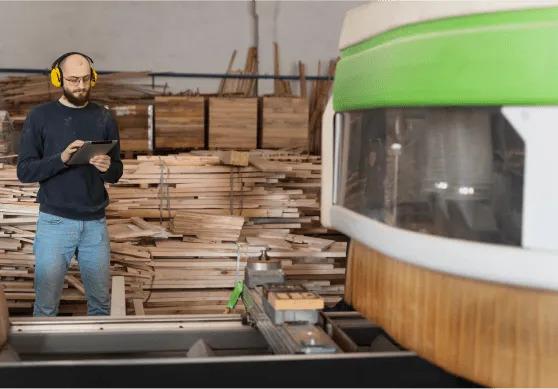The Role of Lumber Takeoff in Construction Cost Estimation

In any construction project, accurate cost estimation is the foundation for success. Whether it’s a small home renovation or a large commercial build, knowing how much material is needed can make or break the budget. One of the most critical parts of this process is lumber takeoff—the detailed measurement and calculation of all the wood materials required. A proper lumber takeoff ensures contractors, builders, and homeowners avoid costly mistakes, wasted materials, and budget overruns.
Understanding Lumber Takeoff
A lumber takeoff is essentially a blueprint for wood requirements in a project. It identifies the type, size, and quantity of lumber needed, from framing studs to beams, joists, and plywood sheets. Instead of guessing, builders use takeoffs to translate architectural drawings into precise material counts. This helps create a clear roadmap for procurement, planning, and construction execution.
Connection Between Lumber Takeoff and Cost Estimation
Lumber costs make up a significant portion of a construction budget. If even a small error occurs in the takeoff process, the cost estimate can swing dramatically. For instance, underestimating lumber leads to last-minute purchases, which are often more expensive. On the other hand, overestimating results in paying for unused material that eats into profit margins. By integrating lumber takeoffs directly into cost estimation, builders can provide accurate bids, control expenses, and build stronger trust with clients.
Reducing Waste and Maximizing Efficiency
Accurate lumber takeoffs don’t just save money—they also reduce waste. Construction waste is a growing concern for both the environment and project costs. With precise measurements, contractors can order exactly what is needed, minimizing leftover material that ends up in landfills. This efficiency also improves project timelines because the right materials are on site at the right time, keeping crews productive and avoiding delays.
Role in Project Planning and Scheduling
Beyond budgeting, lumber takeoffs play a huge role in project planning. When a builder knows the exact quantity of lumber required, they can schedule deliveries strategically. This reduces clutter on job sites and ensures workers always have the materials they need. Proper planning also lowers the risk of work stoppages, helping projects finish on schedule and within budget.
Modern Tools for Lumber Takeoff
Traditionally, lumber takeoffs were done manually with rulers, calculators, and a sharp eye for detail. While this method is still used, modern construction relies heavily on digital takeoff software. These tools automate measurements directly from digital blueprints, reducing human error and speeding up the process. With cloud-based solutions, contractors can also share estimates with clients and suppliers instantly, improving collaboration.
The Financial Impact of Accurate Takeoffs
When contractors prepare competitive bids, accuracy is everything. A bid that is too high risks losing the project, while a bid that is too low can result in losses. Lumber takeoff provides the data to balance competitive pricing with profitability. Accurate estimates help builders win projects without sacrificing financial stability.
Conclusion: Building Success with Precision
Lumber takeoff is far more than a simple counting exercise—it is the backbone of construction cost estimation. From budgeting and waste reduction to scheduling and profitability, its role is vital in every phase of a project. As the construction industry continues to embrace technology, the accuracy and efficiency of lumber takeoffs will only improve, ensuring projects are delivered on time, on budget, and with minimal waste.






